The Air Quality Index (AQI) is used by various government agencies to quantify and communicate air quality to the public. It indicates the degree of air purity or pollution and the human health effects associated with this. Different countries have their own indices which correspond to different established air quality standards.

In Europe, the Community Directives require each Member State to routinely measure and provide up-to-date information on the different pollutants to the public and various consumer, ecological and health organisations and bodies. This obligation is described in detail in Directive 2008/50/EC by each country. The European Environment Agency (EEA) manages several databases with a wealth of information on air quality. Member States should ensure that the levels of certain pollutants in the ambient air do not exceed the limit values in all their zones and agglomerations:
| Substance | Average period | Limit value |
| SO2 | 1 hour | 350 μg/m3, which must not be exceeded more than 24 times per year |
| 1 day | 125 μg/m3, which must not be exceeded more than 3 times per year | |
| NO2 | 1 hour | 200 μg/m3, which must not be exceeded more than 18/ times per year |
| 1 year | 40 μg/m3 | |
| Benzene | 1 year | 5 μg/m3 |
| CO | 1 day | 10 mg/m3 |
| Pb | 1 year | 0.5 μg/m3 |
| PM10 | 1 day | 50 μg/m3, which must not be exceeded more than 35 times per year |
| 1 year | 40 μg/m3 |
Also, specific information and warning thresholds are established for sulfur dioxide, nitrogen dioxide and ozone:
| Contaminant | Alert threshold |
| SO2 | 500 μg/m3 |
| NO2 | 400 μg/m3 |
| O3 | 240 μg/m3 |
In summary, there is no simple visual index in Europe to communicate the level of air pollution; each country reports pollution levels according to its own criteria according to the threshold levels established by the Directive.
In the United States, it is the Environmental Protection Agency (EPA) that calculates an AQI by taking into account five major air pollutants regulated by the Clean Air Act: Ozone (O3) at ground level, particulate matter (PM), carbon monoxide (CO), sulfur dioxide (SO2) and nitrogen dioxide (NO2). The EPA established national air quality standards for the protection of human health under each of these pollutants. It was determined that ground-level ozone and particulate matter are the two pollutants that pose the greatest threat to human health.
The AQI is a colour coded scale from 0 to 500: the higher the value, the higher the level of air pollution and the greater the risk to health.
| Air quality index (AQI) | Threat to health | Colours |
| 0 – 50 | Good | Green |
| 51 – 100 | Moderate | Yellow |
| 101 – 150 | Unhealthy for sensitive groups | Orange |
| 151 – 200 | Unhealthy | Red |
| 201 – 300 | Very unhealthy | Purple |
| 301 – 500 | Hazardous | Maroon |
Each category corresponds to a different level of health risk:
- “Good”: AQI ranges from 0 – 50. Air quality is considered satisfactory and atmospheric pollution presents little or no risk.
- “Moderate”: AQI ranges from 51 -100. Air quality is acceptable but there may be moderate concern for the health of a very small group of people for some contaminants; for example, people who are exceptionally sensitive to ozone may have respiratory symptoms.
- “Unhealthy for sensitive groups”: AQI ranges from 101 – 150. Although people in general will not suffer in this range of AQI, some people with lung diseases, the elderly and children are more susceptible to exposure to ozone; whereas some people with heart or lung disease, older adults and children are more susceptible to the presence of airborne particles.
- “Unhealthy”: AQI ranges from 151 – 200. Anyone may begin to suffer adverse health effects and members of sensitive groups may suffer more serious effects.
- “Very unhealthy”: AQI ranges from 201 – 300. This would trigger a health alert where anyone may suffer more serious health effects.
- “Hazardous”: AQI is greater than 300. This would trigger an emergency health warning, with the likelihood that the entire population would be more greatly affected.
Regardless of the type of index used, reliable measurements of different contamination values that may affect human health must be implemented.
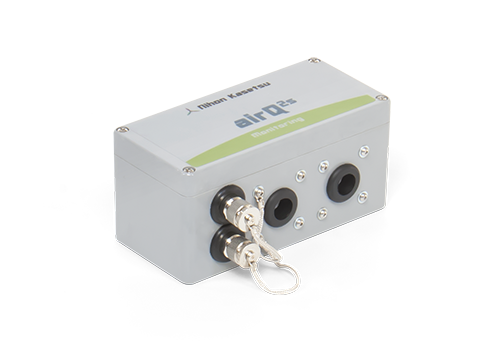

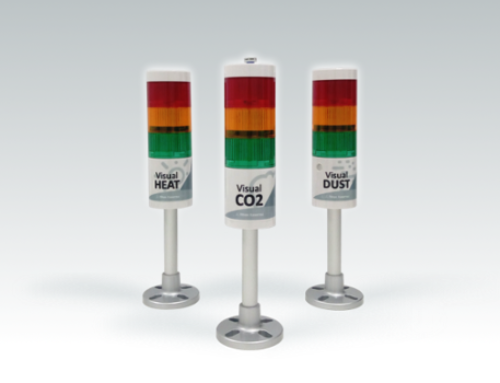

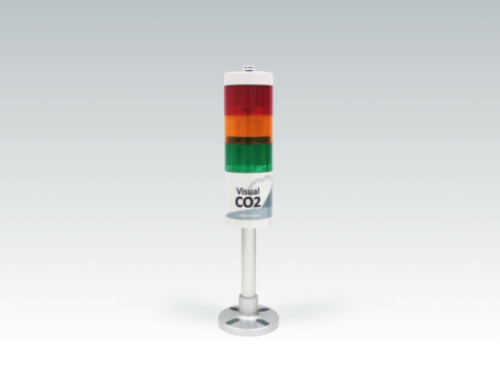
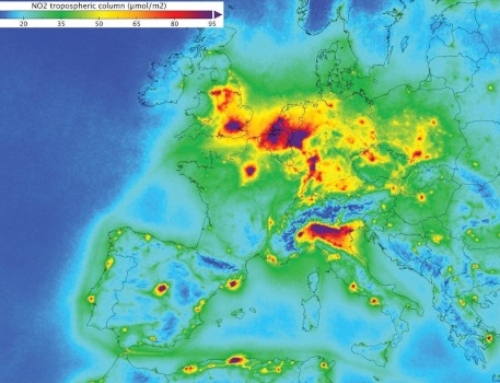

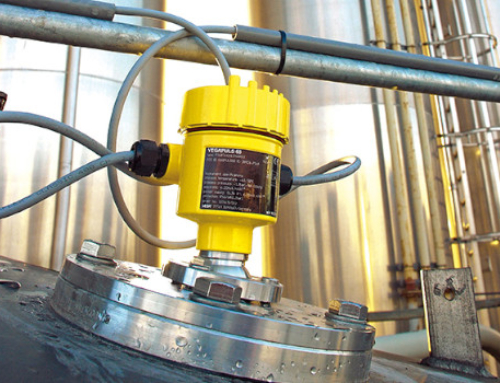
Leave A Comment